On April 13, Iran launched an unprecedented attack on Israeli territory using missiles and UAVs in retaliation for a suspected Israeli attack on the Iranian Embassy in Syria on April 1.
99% of missiles and UAVs intercepted
The Israeli military said on April 14 that 99 percent of more than 300 Iranian missiles and drones were intercepted by Israel and its allies before they reached Israel, more than 1,100 miles from their launch sites. Only a “small number” of ballistic missiles reached Israel.
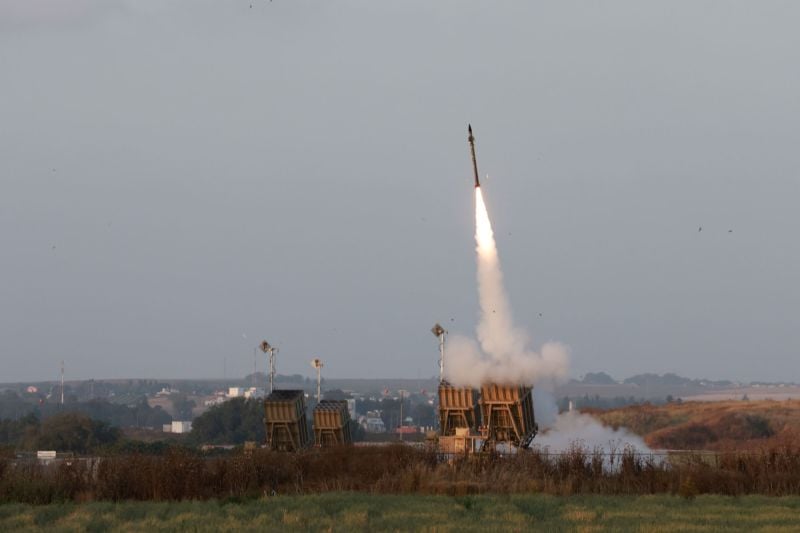
Israeli forces fire a missile from the Iron Dome defense system. Photo: AFP
According to the Israeli military, Iran launched about 170 UAVs, more than 30 cruise missiles and more than 120 ballistic missiles in the attack that lasted 5 hours on the night of April 13.
US officials said more than 70 UAVs and three ballistic missiles were intercepted by US naval ships and military aircraft. Of these, the US Navy shot down at least three ballistic missiles using the Aegis missile defense system on two guided-missile destroyers in the eastern Mediterranean.
US fighter jets also shot down Iranian bombs. While it did not disclose where the US jets were operating, US Navy aircraft carriers and land-based aircraft were within range of the area.
Mr. Biden said the US was well prepared to help defend Israel against an Iranian attack: "To support Israel's defense, the US military has deployed ballistic missile defense aircraft and destroyers to the region over the past week."
"Thanks to the extraordinary deployments and skills of our military personnel, we helped Israel take down nearly every incoming UAV and missile," the US President said.
The UK has also expressed its readiness to intervene using Royal Air Force aircraft in the region. "UK jets will intercept any air attack within our existing mission range, as required," the Ministry of Defence said.
An Israeli military spokesman also said France was involved in preventing Iranian attacks: "We are working closely with the United States, Britain and France, who took action tonight (April 13)."
"The US Central Command (CENTCOM) stands ready to assist Israel in defending against Iran's dangerous actions. We will continue to work with all partners in the region to enhance security," the US military said.
Meanwhile, Israel itself operates a range of defense systems that intercept attacks from everything from ballistic missiles that orbit above the atmosphere to cruise missiles and low-flying missiles.
Ballistic missiles fired at Israel landed at the Netavim air base in southern Israel, causing only minor damage, an Israeli military spokesman said. He added that the base remained operational after the attack.
Israel's multi-layered defense system works together
Israel's Iron Dome system has been on constant alert since the country began its military offensive in Gaza on October 7. According to the Israel Missile Defense Organization (IMDO), Iron Dome is the bottom layer of Israel's missile defense system.
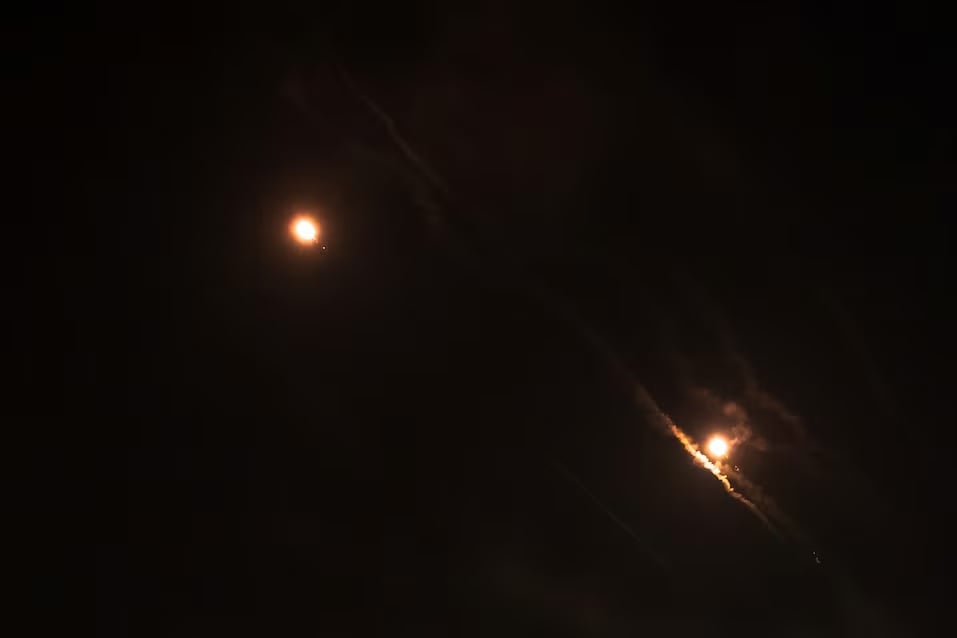
Thanks to its multi-layered missile defense system, Israel has intercepted most of Iran's missiles and UAVs. Photo: Reuters
There are at least 10 Iron Dome batteries in Israel, each equipped with a missile-detecting radar that uses a command and control system to quickly calculate whether an incoming projectile poses a threat. If it does, Iron Dome fires a missile from the ground to destroy it.
According to IMDO, the middle layer of Israel's multi-layered defense network is the David's Sling air defense missile system, which protects against short- and medium-range threats.
David's Sling is a joint project between Israel's Rafael Advanced Defense Systems and US defense giant Raytheon. David's Sling uses Stunner and SkyCeptor interceptor missiles to destroy targets at distances of up to 460 kilometers.
Above David's Sling are Israel's Arrow 2 and Arrow 3 air defense missile systems, co-developed with the United States. The Arrow 2 uses a fragmentation warhead to destroy incoming ballistic missiles in their terminal phase - when they reach their target - in the upper atmosphere. With a range of 90 kilometers and a maximum altitude of 51 kilometers, the Arrow 2 is called an upgrade of the American Patriot missile defense system that Israel used.
Meanwhile, Arrow 3 uses strike technology to intercept incoming ballistic missiles in space, before they re-enter the atmosphere on their way to their target.
Israel also has modern fighter jets, including the F-35I stealth jet, which it has previously used to shoot down UAVs and cruise missiles.
Photos released by the Israeli Air Force early on April 14 showed F-35 and F-15 fighter jets returning to their bases in Israel after “intercepting” and “completing air defense missions.”
Hoai Phuong (according to Reuters, CNN)
Source




![[Photo] Binh Thuan organizes many special festivals on the occasion of April 30 and May 1](https://vphoto.vietnam.vn/thumb/1200x675/vietnam/resource/IMAGE/2025/5/1/5180af1d979642468ef6a3a9755d8d51)

![[Photo] "Lovely" moments on the 30/4 holiday](https://vphoto.vietnam.vn/thumb/1200x675/vietnam/resource/IMAGE/2025/5/1/26d5d698f36b498287397db9e2f9d16c)
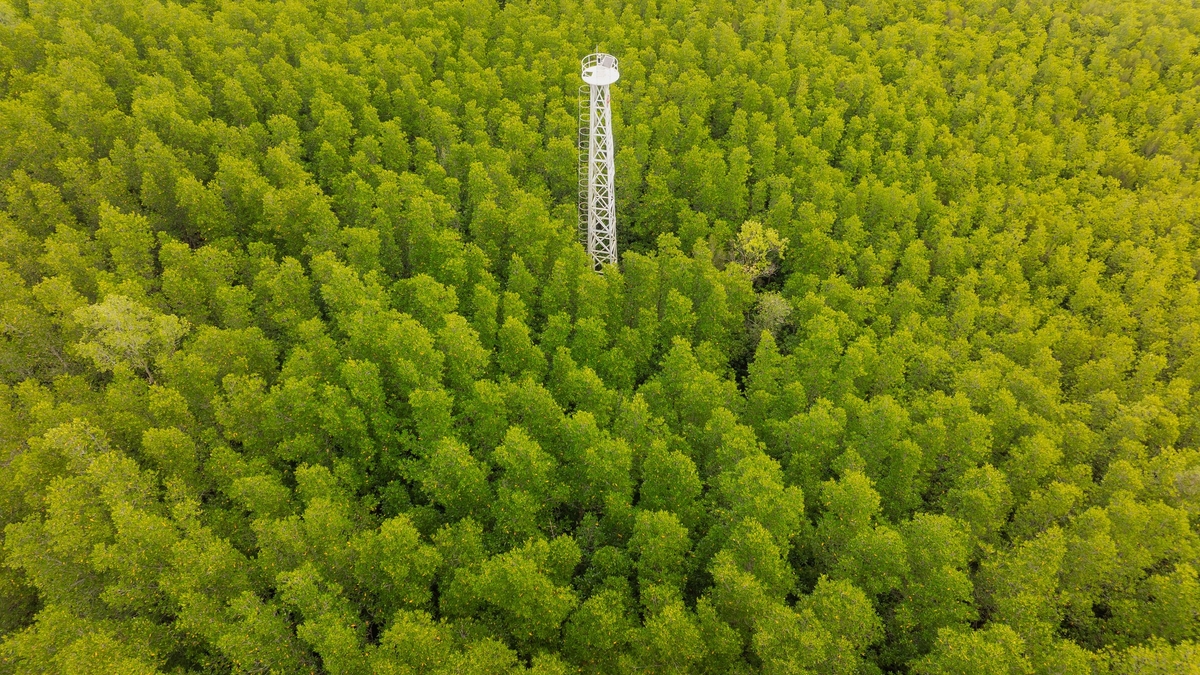


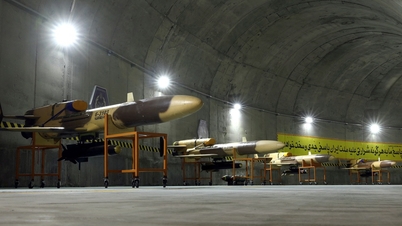
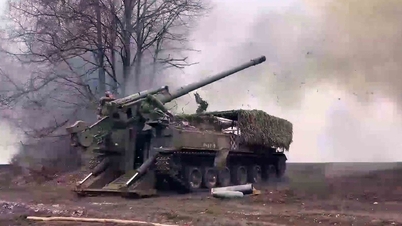









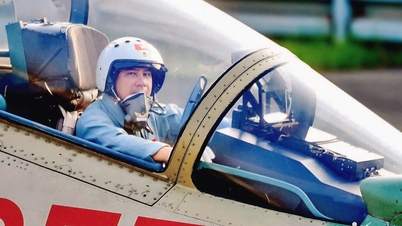












![[Photo] Ha Giang: Many key projects under construction during the holiday season](https://vphoto.vietnam.vn/thumb/1200x675/vietnam/resource/IMAGE/2025/5/1/8b8d87a9bd9b4d279bf5c1f71c030dec)

































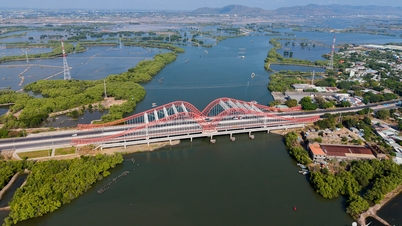































Comment (0)